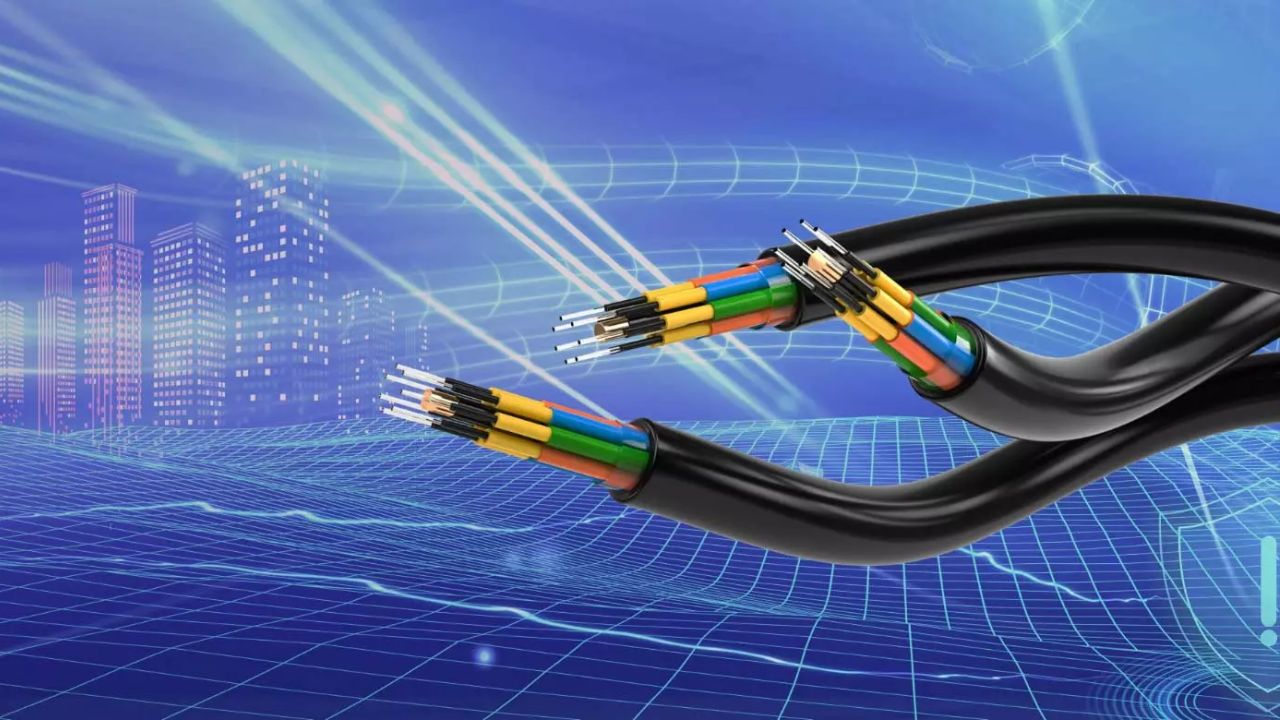Optical fiber cables are products that are crucial in the world of fast message transmission and large data exchange. This is why, before these cables are terminated, it is important to stick to the best practices for the achievement of the best performance and the service life of these cables. In this article, it describes the main recommendations concerning the handling and installation of Pre-terminated fiber optic cable.
Pre-Terminal Optical Fiber Cables
Premature optical fiber cables are those that have been prepared for termination and are delivered in such a state. The fibers contained in these cables are tussled and are not terminated with connectors or fused to other fibers. The cables and wires are very sensitive and the ways through which they are handled and prepared influence their effectiveness.
Proper Handling and Storage
Avoiding Physical Damage
It often is said that physical damage is the biggest enemy of pre-terminal optical fiber cables, and this is very true. These cables are rather fragile and it is recommended not to bend them too tightly, pull, or step on them. They should be dealt with carefully, and no force should be applied to any of them using any tool or any other means.
Maintaining Cleanliness
Optical fibers are very vulnerable to contamination of any form. Environmental factors such as dust, dirt, or any other particles interfere with the efficiency of the fibers and therefore reduce the signal strength. It is also to note that for cleanliness, the cables should be placed in a clean environment. It is good to protect them from dirt, covers should be used as often as possible. Also, make sure that the area where the cables are managed and connected has no dust or any other particle that can be detrimental to the cables.
Proper Storage Conditions
Pre-terminal optical fiber cables should be stored at appropriate environmental conditions. Both extremes of temperature, high humidity, and direct sunlight can harm them. They ought to be kept somewhere cool and dry, ideally in the refrigerator or another cool room in the house. When cables are stored properly, they are protected from potential damage and remain undamaged until they are used for termination.
Troubleshooting and Maintenance
Identifying and Addressing Issues
When there are problems with the performance or there are faults, then there must be troubleshooting. Some of the common problems associated with optical fiber cables are high attenuation, signal loss, or connectivity issues. It is, therefore, important to ensure that these matters are addressed by using appropriate testing equipment and testing methods.
Regular Maintenance
This is the reason why it is always important to conduct periodic maintenance of the optical fiber cables. This includes regular checks on the connectors, wiping off the contacts, and probing for any signs of a possible failure before it happens. This is because maintenance is done frequently to increase the durability of the cables and also improve their efficiency.
Installation Best Practices
Correct Cable Routing
There is always a risk that occurs during the installation of optical fiber cables, and that is why proper routing must be done. The cable should be installed in conduits or trays such that it has few bends and thus minimum stress. It is crucial to maintain the bend radius of the cables as advised to avoid damage to the fibers or degradation in their performance. Cable routing can be kept organized by using cable guides and supports so that the cables do not have to take unnecessary stress.
Preparing the Cables
However, before cutting off optical fiber cables, they must undergo certain preparations. This involves de-jacketing and if there is any buffer, it is also stripped to expose the fibers. In this process, care should be taken in order not to harm the fibers. The fibers should be carefully stripped to be ready for termination or splicing and this should be done by using precision tools and techniques.
Ensuring Fiber Alignment
In the preparation of termination, the orientation of the optical fibers is important. It was found that, when the two are not in proper alignment, insertion loss and performance are affected. Employing high-quality termination equipment and adhering to the manufacturer’s recommendation will go a long way in ensuring that the fibers are properly aligned and fixed.
Conclusion
Proper handling and installation of pre-terminal optical fiber cables, as well as their proper maintenance should therefore be done strictly following the best practices. From these guidelines, professionals will be in a position not to make some of the mistakes that are likely to affect the efficiency of the optical fiber networks. Techniques in handling, installation, testing, and maintenance are important factors in having reliable and quality optical fiber communication systems.

